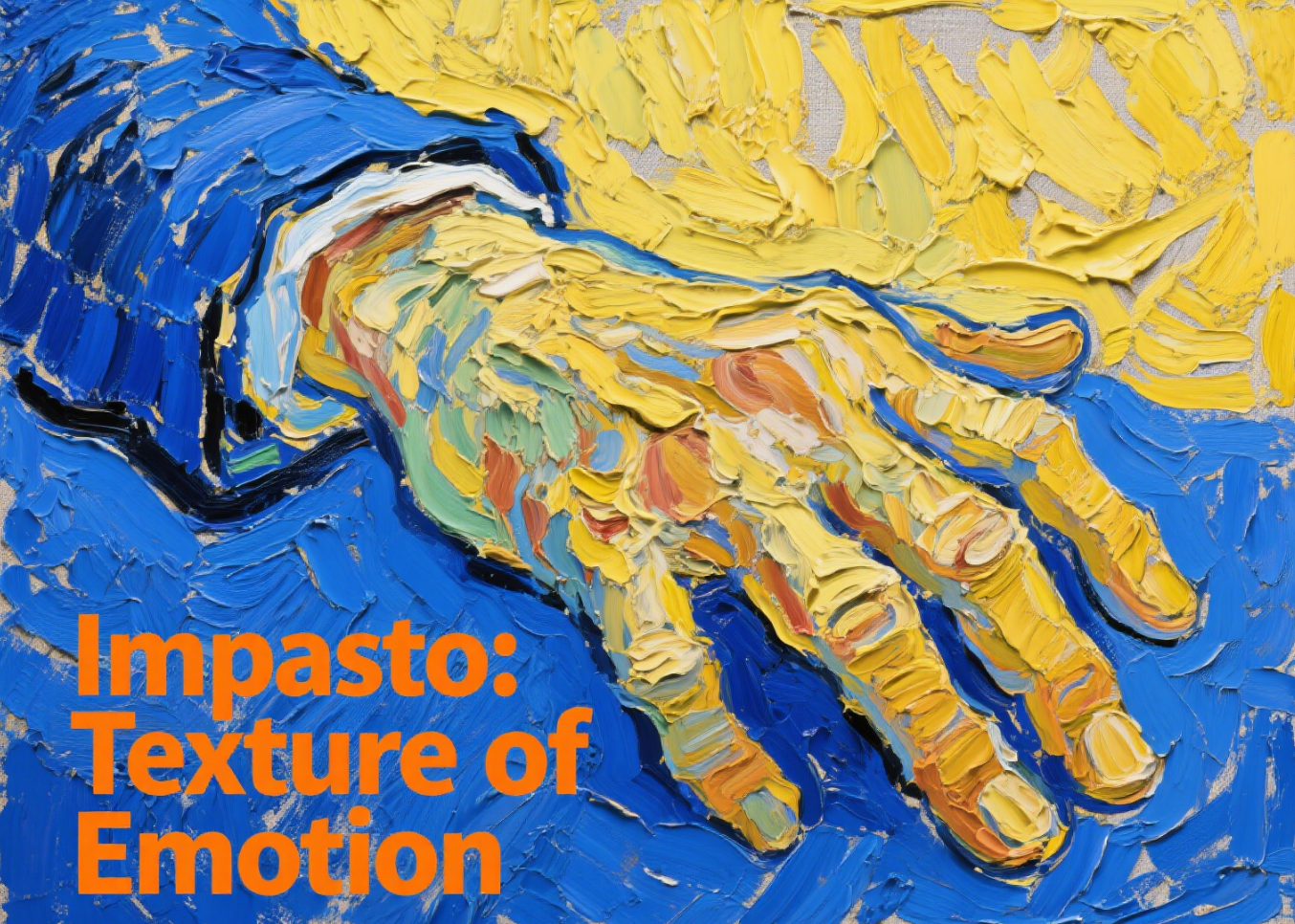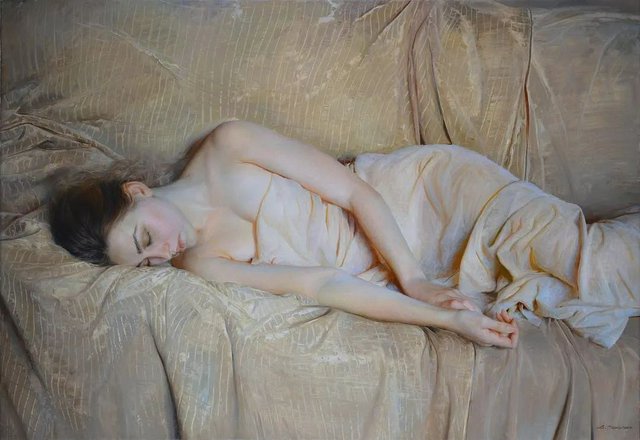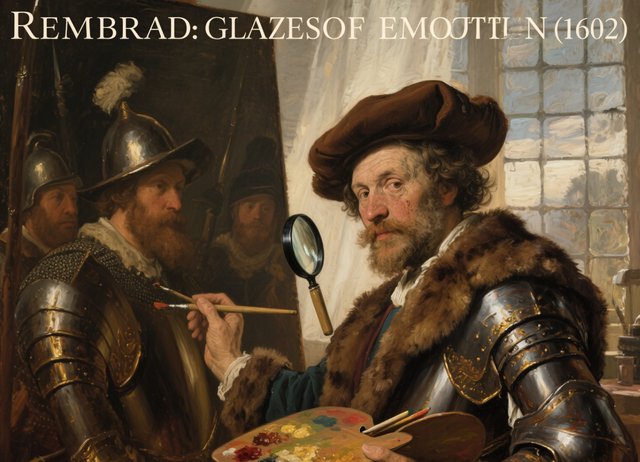The Tormented Genius Who Changed Oil Painting Forever – His Life Story | Vincent van Gogh’s

Vincent van Gogh’s name is synonymous with passion—passion for color, passion for emotion, and a passion that burned so bright it defined his short, turbulent life. Born in 1853 in the Netherlands, this post-impressionist master sold only one painting in his lifetime. Yet today, his works are among the most celebrated in art history, redefining what Oil painting could express.
Early Struggles: Finding His Artistic Voice
Van Gogh didn’t start as a painter. In his 20s, he tried careers as an art dealer, teacher, and even a missionary, but none stuck. It wasn’t until 1880, at 27, that he decided to become an artist. Self-taught at first, he studied anatomy and drawing, focusing on everyday scenes—peasants, workers, and rural landscapes.
His early works, like The Potato Eaters (1885), were dark and heavy, using earthy tones to reflect the hardship of peasant life. But this would soon change. In 1886, he moved to Paris to live with his brother Theo, a art dealer. There, he discovered the vibrant colors of the Impressionists and began experimenting with brighter palettes and looser brushwork.
A Revolution in Color and Brushwork
Paris transformed Van Gogh’s art. He abandoned dark hues for bold yellows, blues, and reds, inspired by Artists like Monet and Pissarro. But he didn’t just copy—he innovated. His brushstrokes became thick and energetic, a technique called impasto, where paint is applied in heavy layers, creating texture that seems to jump off the canvas.
In Arles, a small town in the south of France, where he moved in 1888, his style reached new heights. The warm sunlight of Provence fueled works like Sunflowers (1888), where golden petals burst with life, painted with quick, swirling strokes. He once wrote to Theo, “Color is my day-long obsession, joy, and torment,” and it shows—every brushmark screams with feeling.
Iconic Works: Emotion on Canvas
Van Gogh’s most famous pieces are windows into his soul. Here’s a look at three that showcase his genius:
| Work | Year | Key Technique | Why It Resonates |
|---|---|---|---|
| Starry Night | 1889 | Swirling impasto, bold blues | Captures the chaos and beauty of the night sky, reflecting his inner turmoil. |
| Sunflowers | 1888 | Thick, textured brushwork | Symbolizes life and decay, painted with a warmth that feels almost tangible. |
| Self-Portrait with Bandaged Ear | 1889 | Stark contrasts, raw emotion | Reveals his vulnerability after a mental breakdown, a rare glimpse of the man behind the art. |
Starry Night, painted during his stay at a mental asylum in Saint-Rémy, is perhaps his most iconic work. The swirling sky, with its explosive stars and crescent moon, isn’t just a landscape—it’s a visualization of his turbulent mind, made possible by oil paint’s ability to hold thick, expressive layers.
Practical Tips: Channel Van Gogh’s Spirit
You don’t need Van Gogh’s genius to use his techniques. Try these steps to add passion to your oil paintings:
Embrace impasto: Load your brush with paint and apply it in short, thick strokes. For a Sunflowers-inspired piece, use yellow and orange, dabbing the paint to create petal texture.
Play with color contrast: Van Gogh loved pairing complementary colors (like blue and orange). Paint a sunset with a deep blue sky and bright orange clouds—watch how they make each other pop.
Paint from the heart: Van Gogh didn’t just see—he felt. Pick a subject that moves you, whether it’s a loved one or a favorite spot, and let your emotions guide your brush.
Tragedy and Legacy: A Posthumous Triumph
Van Gogh’s life was marked by mental illness and poverty. In 1890, at 37, he died from a self-inflicted gunshot wound, never knowing the impact his art would have. But Theo, who supported him financially and emotionally, worked to promote his work. By the early 1900s, Van Gogh’s paintings were exhibited across Europe, and his fame grew.
Today, he’s celebrated as a pioneer who proved oil painting could be more than a realistic representation—it could be a raw, unfiltered expression of emotion. Artists still draw inspiration from his courage to be different, his refusal to stick to rules, and his belief that art should feel as much as it looks.
Van Gogh once said, “I am seeking, I am striving, I am in it with all my heart.” For anyone who picks up an oil brush, those words are a reminder: great art comes not from perfection, but from passion. And in that, Van Gogh’s legacy lives on.




